Driver Safety & Performance
The HFSL conducts research to minimize the risk and severity of crashes on the roadways, investigating factors such as speed, driver skill, and infrastructure. To explore these issues, the HFSL primarily uses driving simulation, as well as other behavioral approaches such as laboratory experiments, UX, and field observation. Other research topics include vulnerable road users, such as older adults and teenagers.
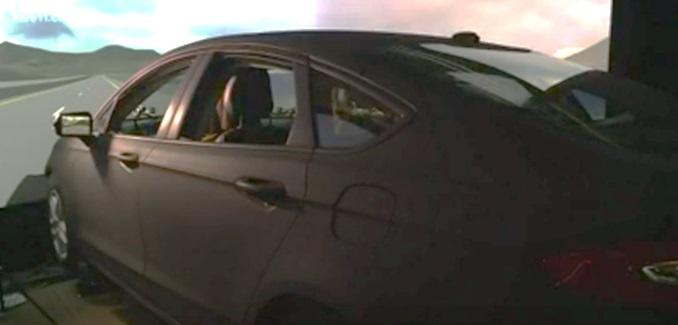
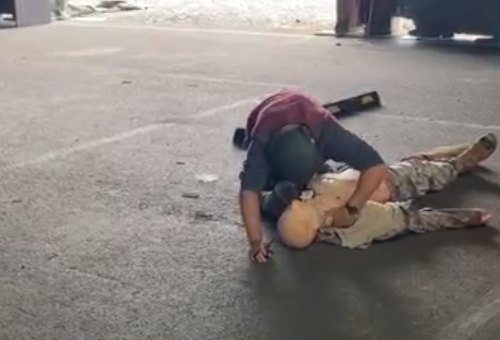
Health Care & Combat Medicine
Errors can lead to poor safety outcomes in medicine, making healthcare and medical devices a natural fit for HFSL's focus on safety. One research topic investigated by the HFSL team is tactical field care, during which soldiers and combat medics administer immediate point-of-injury care to a casualty, which can critically affect the likelihood of survival.
Law Enforcement & Crash Reporting
To reduce crashes and improve safety outcomes on the road, it is critical to identify commonalities of crashes by type, location, unit types, and precipitating events leading up to the incident. This requires valid and reliable crash reporting, supported by user-centered design, interface design, and cooperation with partners in law enforcement.

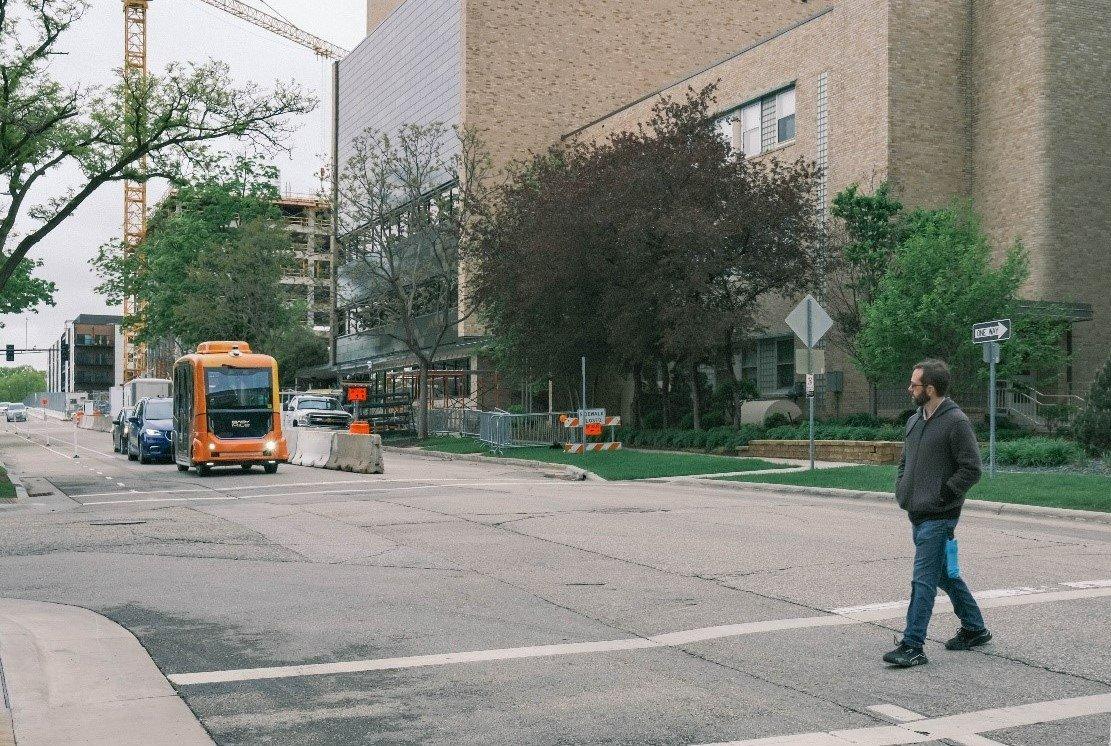
Pedestrian Safety
Walking is healthy and is one of the most sustainable modes of transportation. However, pedestrians are among the most vulnerable of our road users, and pedestrian fatalities have been increasing over the last 30 years. HFSL has been involved in multiple city-wide research studies considering approaches to improve pedestrian safety.
Technology & Systems
Our team has designed and built or assisted in the development of technological systems to improve safety outcomes. These include level two automation systems for lane maintenance and collision warnings. The HFSL has also been involved in connected vehicles, automated vehicles, and the use of V2I technologies such as GPS and mapping.
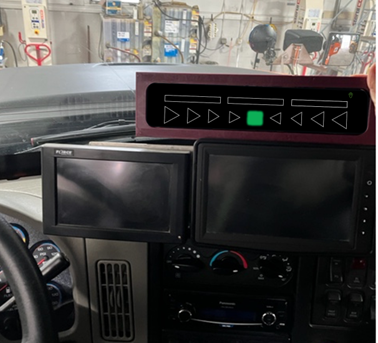
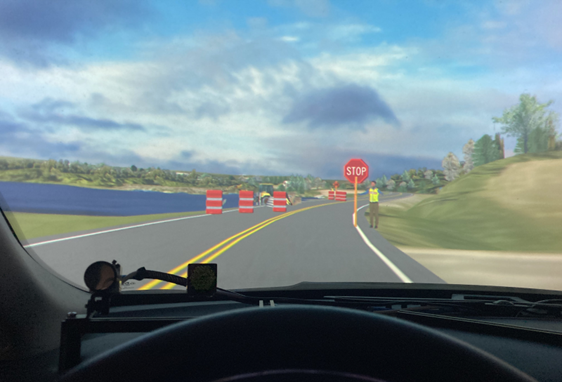
Work Zones
Work zones are necessary to provide maintenance, repair damage, and update the infrastructure. However, they represent a change in the road features and geometry, leading to significant risks for both drivers and maintenance workers. The HFSL has studied both in-vehicle technologies to improve the behavior of drivers in work zones, as well as data reporting systems to help workers.